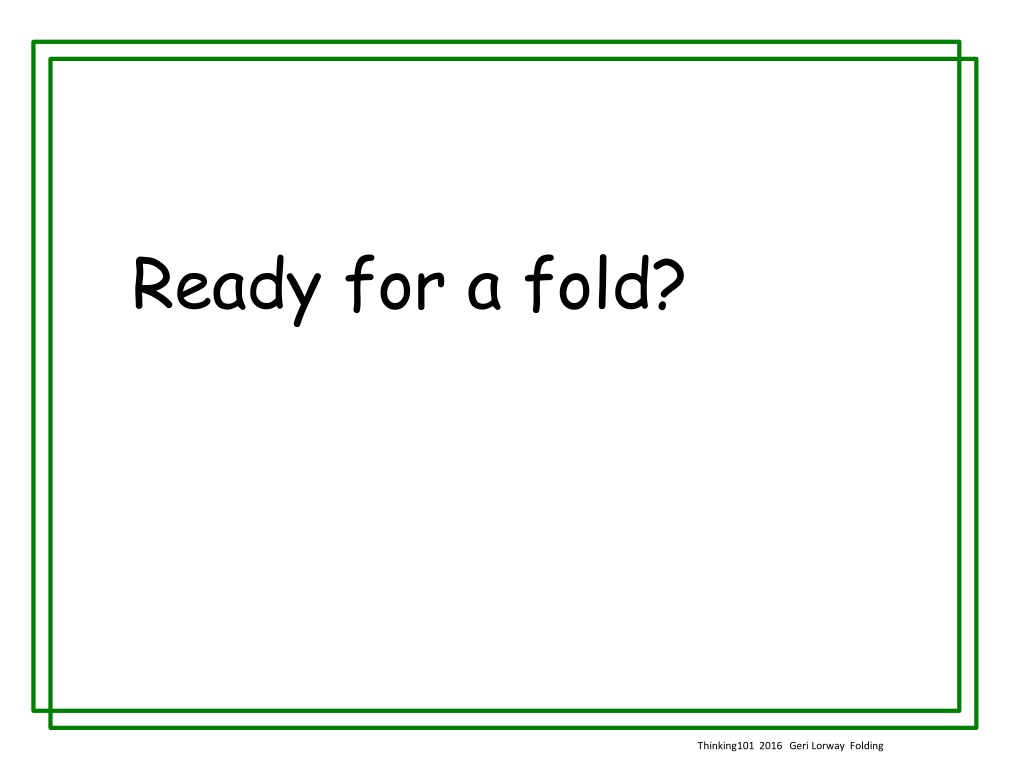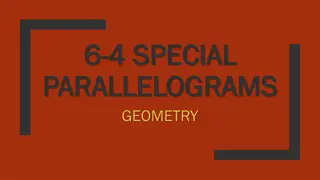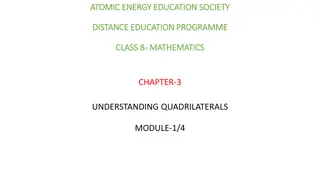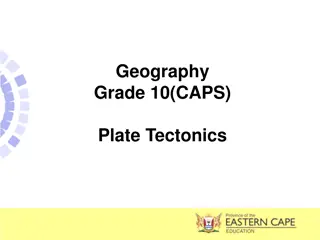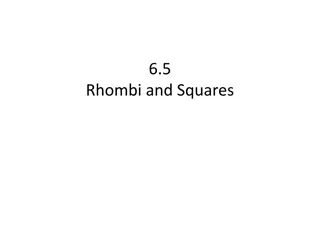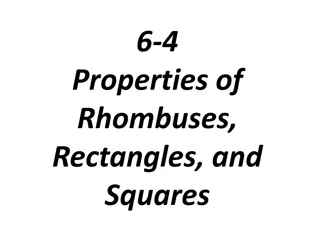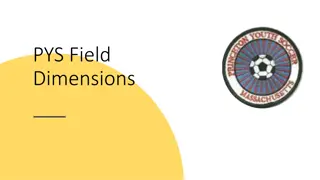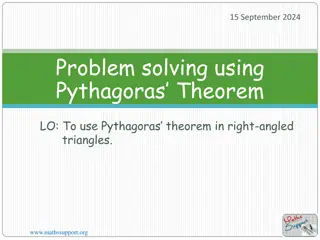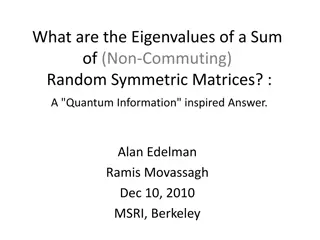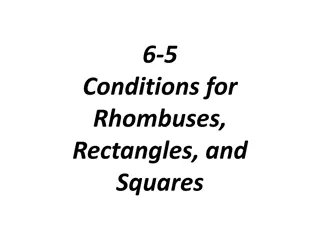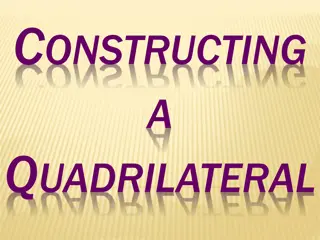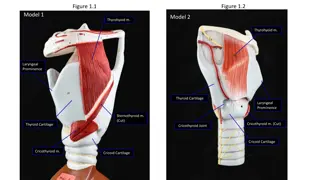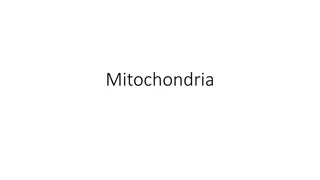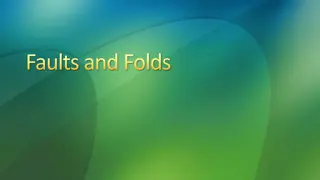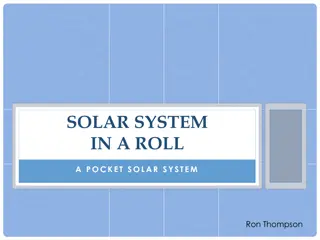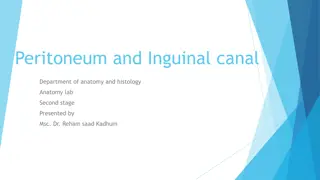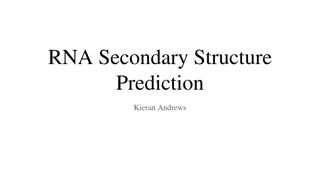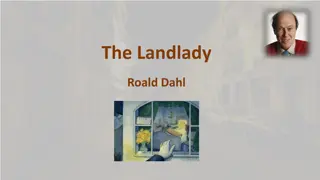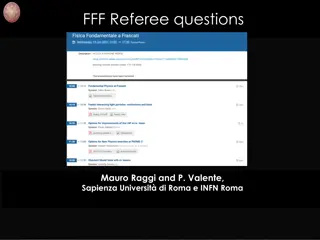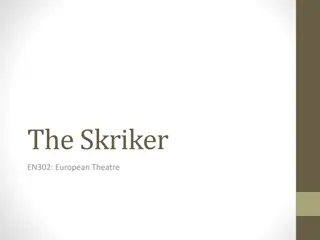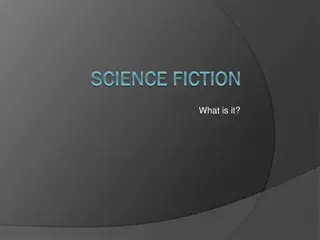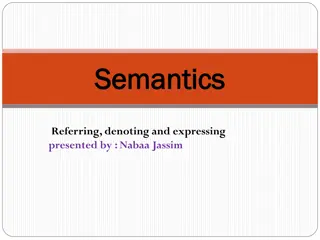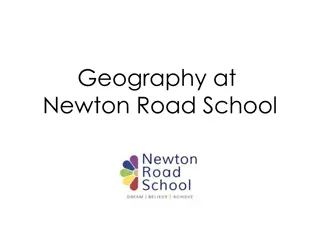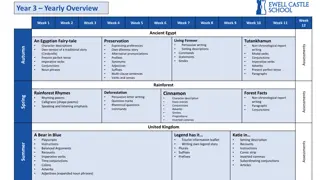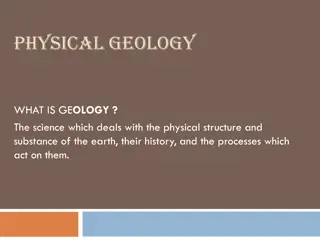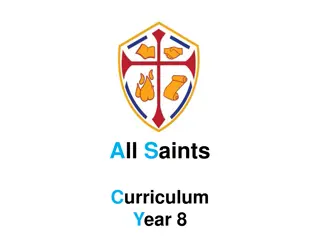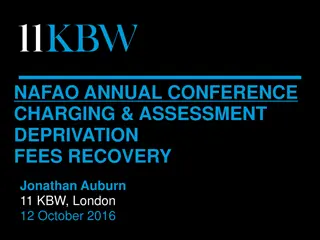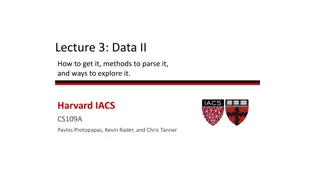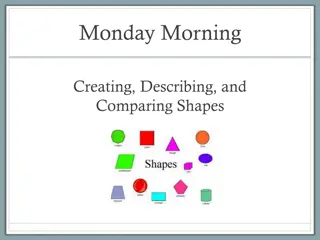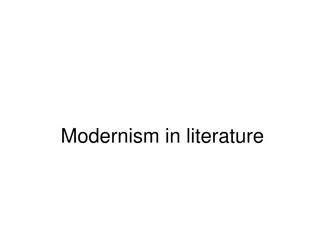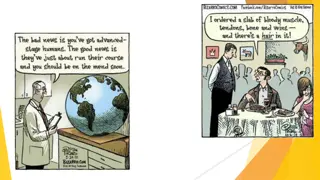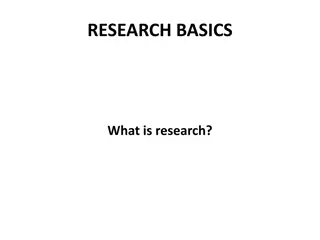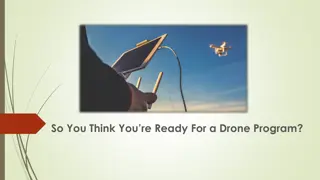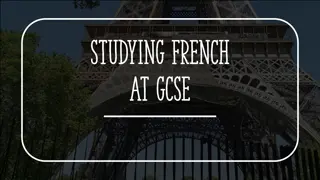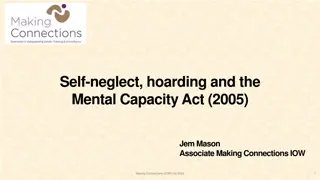Exploring Folds and Diagonals in Origami
Dive into the world of origami folds with Geri Lorway's thought-provoking creations. Explore the intricacies of mountain and valley folds, diagonal lines, and the geometry behind paper folding techniques. Challenge your perception and discover the beauty of mathematical concepts intertwined with artistry.
Uploaded on Oct 05, 2024 | 0 Views
Download Presentation

Please find below an Image/Link to download the presentation.
The content on the website is provided AS IS for your information and personal use only. It may not be sold, licensed, or shared on other websites without obtaining consent from the author. Download presentation by click this link. If you encounter any issues during the download, it is possible that the publisher has removed the file from their server.
E N D
Presentation Transcript
Ready for a fold? Thinking101 2016 Geri Lorway Folding
Carefully observe the folded sheet. How many folds do you see? https://nrich.maths.org/12203 Thinking101 2016 Geri Lorway Folding
Two folds, how many sections are created? https://nrich.maths.org/12203 Thinking101 2016 Geri Lorway Folding
If we agree on 2 folds, how could you describe the differences between the two different folds? Thinking101 2016 Geri Lorway Folding
This fold runs vertically, (the paper is sitting in landscape view) Origami calls this a mountain fold. It looks like you are folding the paper back. Fold 1. Thinking101 2016 Geri Lorway Folding
This fold runs along the diagonal of the quadrilateral it forms. (from top left to bottom right) It looks like you will fold the paper toward you. Fold 2. In origami this is referred to as a valley fold. Thinking101 2016 Geri Lorway Folding
Diagonal actually is used to describe a line segment that connects interior angles of a polygon. In this case the diagonal fold line does follow one of the diagonals of the square being formed. Thinking101 2016 Geri Lorway Folding
We like to name a line that sits on a slant as diagonal but there may be a more mathematically correct name for this line segment Something to think about and maybe investigate? Thinking101 2016 Geri Lorway Folding
Some people think there might also be a fold here. But it is very hard to tell as it does not appear to cross the paper all the way. Thinking101 2016 Geri Lorway Folding
It is more likely a shadow or mark created by the lighting used to take the picture. Thinking101 2016 Geri Lorway Folding
Now imagine folding a paper along these fold lines. If you did, what shape would the paper turn into. Draw the shape you are seeing in your mind. Thinking101 2016 Geri Lorway Folding
Getting started can be tough. Try gesturing in the air to pretend you are folding. I want you to try to imagine it, not actually fold it. Visualizing builds brain power. Thinking101 2016 Geri Lorway Folding
Explain and compare with a partner...... Change or refine your drawing if you wish.... Thinking101 2016 Geri Lorway Folding
Can you, just in your mind, imagine folding the top right vertex down to meet the bottom left vertex? Gesture to your partner. Thinking101 2016 Geri Lorway Folding
What shape do you have? Thinking101 2016 Geri Lorway Folding
Now imagine folding the second fold to the back..... What shape are you seeing? Thinking101 2016 Geri Lorway Folding
Fold to see if your visualization was accurate..... Thinking101 2016 Geri Lorway Folding
Which diagram is most accurate? Thinking101 2016 Geri Lorway Folding
I performed the two folds. Thinking101 2016 Geri Lorway Folding
Heres a new one? Thinking101 2016 Geri Lorway Folding
Carefully observe the folded sheet. How many folds do you see? https://nrich.maths.org/12205 Thinking101 2016 Geri Lorway Folding
Once again 2 folds, 3 sections created. https://nrich.maths.org/12205 Thinking101 2016 Geri Lorway Folding
How could you describe the differences between the two different folds? Thinking101 2016 Geri Lorway Folding
They are both mountain folds. One is longer than the other. They both create triangles. One folds back the right top vertex or corner. The other starts at the top where it folded and folds back the left top vertex. The two folds meet at the top but not the middle of the top of the page. Thinking101 2016 Geri Lorway Folding
An mountain fold. It looks like it folds back. Why would I start here? Fold 1. Thinking101 2016 Geri Lorway Folding
This is a mountain fold. It looks like it will fold back. Fold 2. Thinking101 2016 Geri Lorway Folding
Imagine folding along the folds. What shape will the page become? Do not do it, instead draw the shape you are predicting Thinking101 2016 Geri Lorway Folding
Explain and compare with a partner...... Refine your diagram if you wish..... Thinking101 2016 Geri Lorway Folding
Now fold the paper to compare to your mental image.... Thinking101 2016 Geri Lorway Folding
I folded the top right first Thinking101 2016 Geri Lorway Folding
I folded the top left second Thinking101 2016 Geri Lorway Folding
What is this shape? Thinking101 2016 Geri Lorway Folding
Irregular quadrilateral.... Thinking101 2016 Geri Lorway Folding
Irregular quadrilateral.... That s it. Thinking101 2016 Geri Lorway Folding
Ready for a new one? Thinking101 2016 Geri Lorway Folding
Carefully observe the folded sheet. How many folds do you see? https://nrich.maths.org/12206 Thinking101 2016 Geri Lorway Folding
How could you describe the differences between the two different folds? Thinking101 2016 Geri Lorway Folding
They are both mountain folds. One is longer than the other. They both are on a slant . Neither one is a diagonal (do not go corner to corner). But they both run to one corner of the page. Thinking101 2016 Geri Lorway Folding
One starts at the bottom left vertex. The other starts at the bottom right vertex. The two folds meet at the top but not the mid point of the top of the page. Thinking101 2016 Geri Lorway Folding
Imagine folding the paper along the fold lines. Draw the shape it will turn into. Thinking101 2016 Geri Lorway Folding
Try gesturing in the air to pretend you are folding, does that change what you imagine? Thinking101 2016 Geri Lorway Folding
Explain and compare with a partner...... Adjust and adapt if you wish...... Thinking101 2016 Geri Lorway Folding
Fold paper to compare your drawing to the folded result.... Thinking101 2016 Geri Lorway Folding
Again I am starting at the right hand corner or vertex.... Thinking101 2016 Geri Lorway Folding
Then folding the right hand vertex back. The folds meet...... Thinking101 2016 Geri Lorway Folding
What shape is this.... Thinking101 2016 Geri Lorway Folding
A scalene triangle. Thinking101 2016 Geri Lorway Folding
Ready for a new fold? Thinking101 2016 Geri Lorway Folding
Carefully observe the folded sheet. How many folds do you see? https://nrich.maths.org/12203 Thinking101 2016 Geri Lorway Folding
